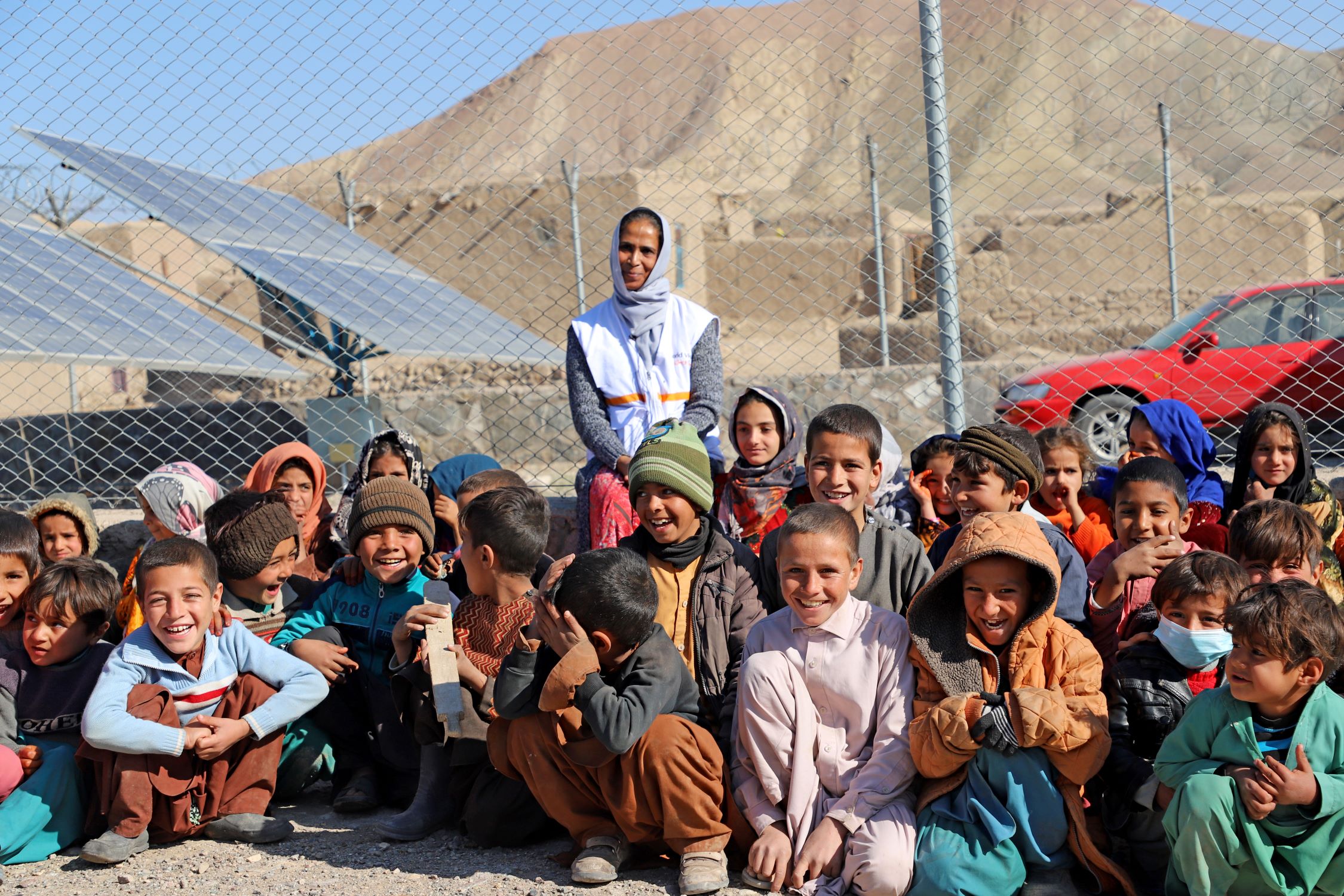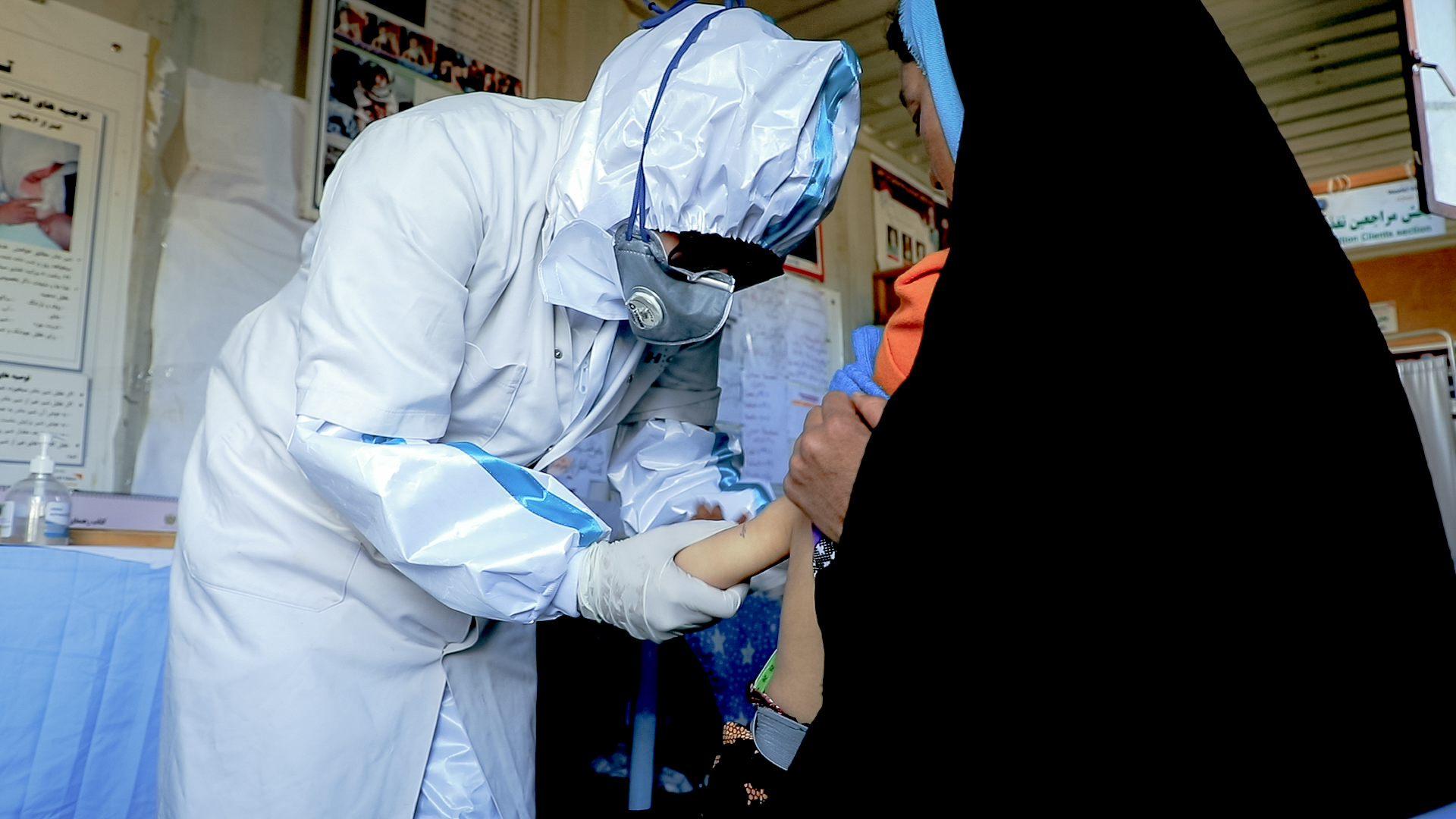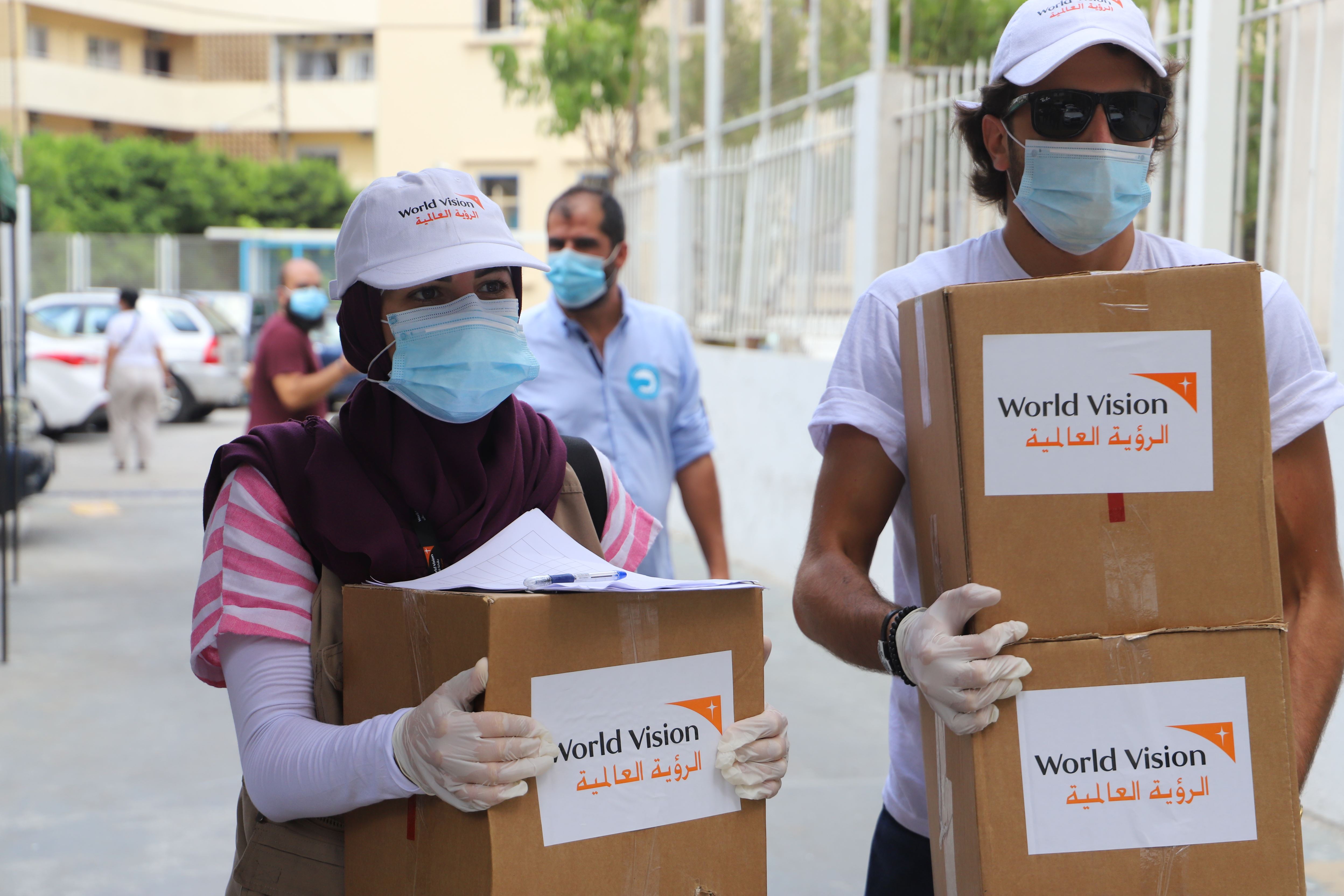
Would you sell one child to help another?
A million children under 5 are at risk of dying within 3 months in Afghanistan.
“If you were starving and you knew the sale of one of your children would prevent the rest of your children from dying, would you do it?”
Asuntha Charles, National Director of World Vision Afghanistan, poses the grim question.
She explains what’s happening…
The situation in Afghanistan is so bad that my dedicated national emergency response staff – while running food aid programmes deep into remote areas – have now set up an in-office staff fund to support desperate families to stop them from selling their own daughters. They know those girls, often incredibly young, will end up married to older men or sold into servitude and vulnerability. Although these practices took place before the Taliban came to power it has now worsened due to the hunger crisis. This is happening because the food assistance programmes like those we run, which meet the needs of many thousands, are being outpaced by the growing numbers of people facing starvation. Many of the previous activities run to protect vulnerable children have also not been able to restart following the change in national leadership.
Afghanistan is now facing its worst hunger crisis in living memory.
The latest stats show that more than half of the 40 million population are facing acute levels of malnutrition and that children are dying due to starvation. Amongst this terrible number almost nine million people are right on the edge of starvation. In this context untold numbers of children could be begging, married off into violent homes, forced into dangerous and exploitive work and pulled from school.
Winter is now what everyone fears, as things will get much worse, fast. Soon snowfalls will prevent access to remote areas which could then be cut off for up to four months.
We are very quickly running out of time to get food aid into villages that will soon become inaccessible.
World Vision has been on the ground for 20 years undertaking a range of humanitarian and development work, but the activities that are most critical at this moment are providing emergency nutrition via 15 mobile health clinics.

Heartbreaking
It is heartbreaking to visit these clinics and meet young mothers who share stories of their struggles to survive on almost nothing. The medical staff serve the most vulnerable, including people displaced by conflict and who live in abject poverty. They measure the arms of children as an indicator of how malnourished they are. The weakest get sent to specialist nutrition wards in hospitals. Those wards are filling with children, sometimes several to a bed, and deaths are increasingly commonplace.
The other thing we do is provide food that the World Food Programme gives us to distribute in the remote and mountainous provinces where we work in Western Afghanistan. All these are marked ‘emergency’ red on a map managed by global food security experts who have assessed the food situation. In fact, most of Afghanistan is now red – and just one step away from ‘famine’ black.
The situation was already bad before the Taliban took control of Kabul in August. Drought, very probably worsened by climate change, and conflict that had displaced tens of thousands, had created the initial conditions for this crisis. But an already bad situation has significantly worsened. Half of all children aged under five are expected to suffer from acute malnutrition by the end of the year. One million children are at risk of dying without immediate life-saving treatment.
The time to act is now. The time for giving is today.
Asuntha Charles
National Director, World Vision Afghanistan

The facts
- More than 8 million people are on the brink of famine in Afghanistan as drought, conflict and the Covid-19 pandemic cause a catastrophic rise in hunger. Children are dying today, and a million more under the age of five are at risk of dying over the next three months.
- Years of conflict, poverty and the disruption caused by the pandemic were already taking their toll on the people of Afghanistan. The recent conflict and change of government, coupled with the worst drought in 27 years, have tipped the country over the edge. Economic collapse has sent food prices soaring.
- World Vision has been working in Afghanistan since 2001 and is committed to staying. For 20 years we’ve worked to address massive life-saving humanitarian needs brought about by conflict, climate change and other disasters to around six million Afghans. World Vision has worked to protect girls and boys, provided them with education, promoted better health and sanitation, and helped to build livelihoods.



